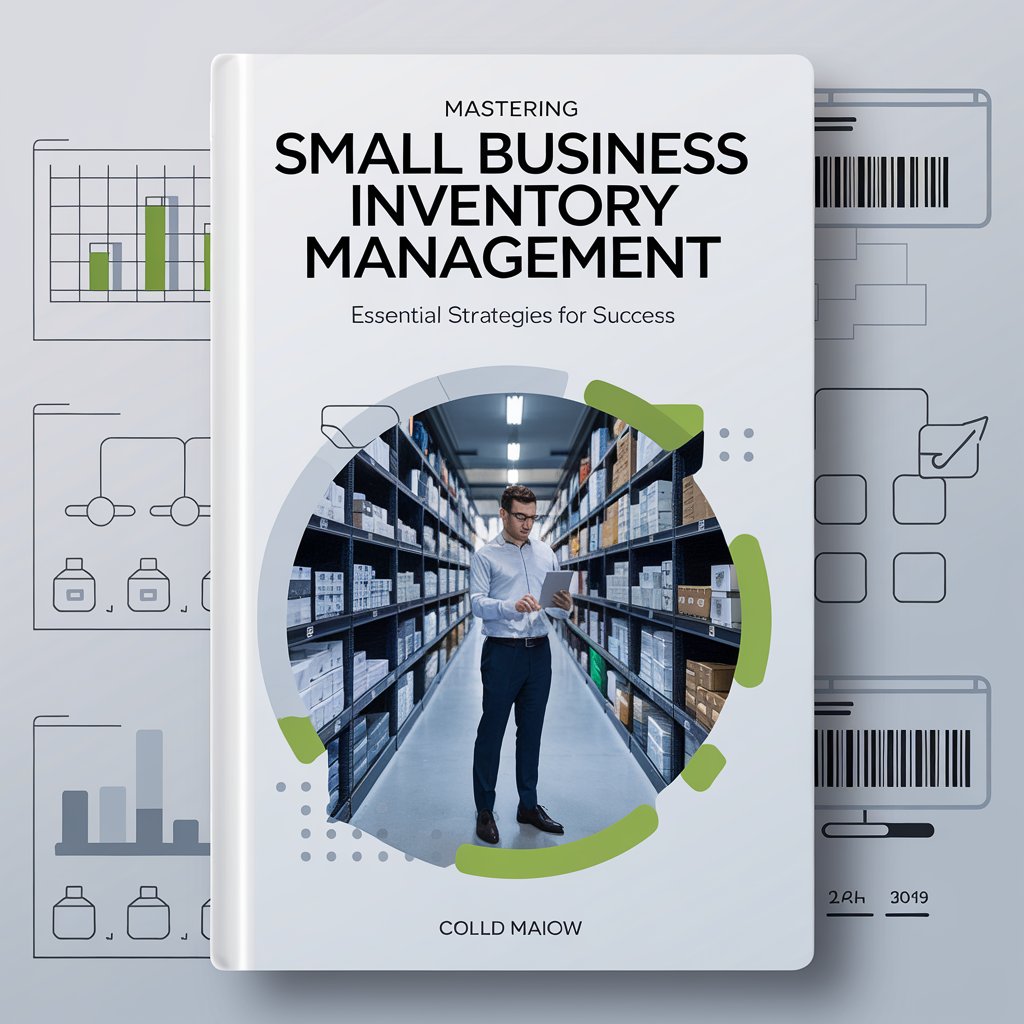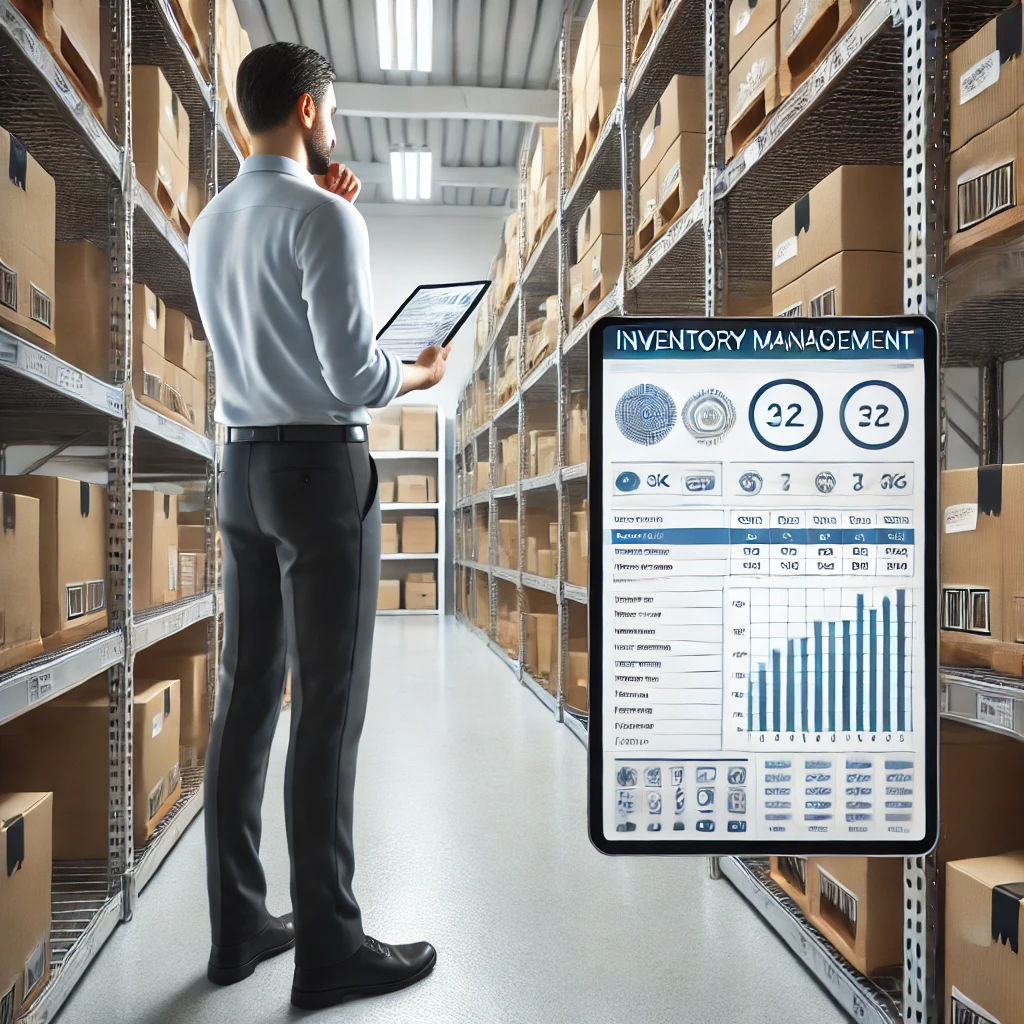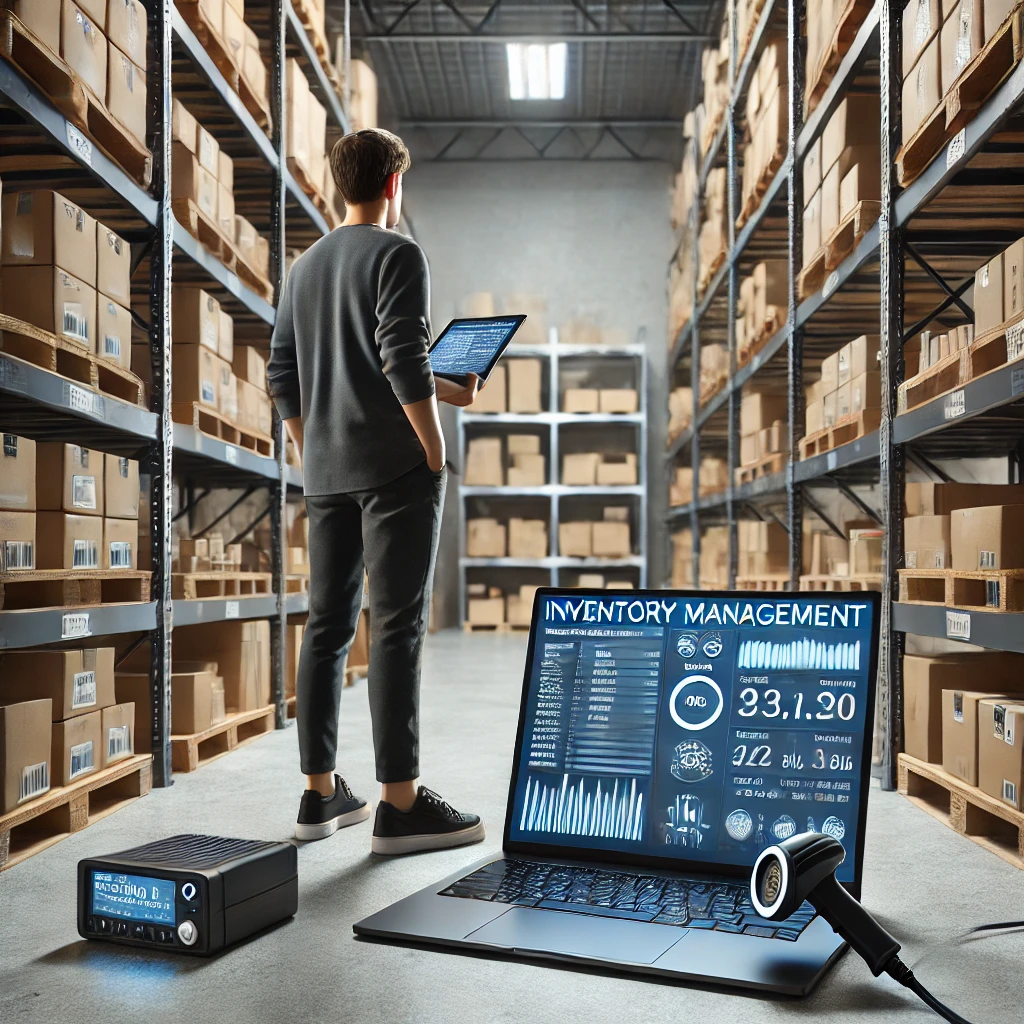Inventory Management Systems for Small Businesses: A Comprehensive Guide

Understanding Inventory Management Systems
An inventory management system is a combination of technology, processes, and procedures used to oversee the monitoring and maintenance of stocked products. For small businesses, these systems can range from simple spreadsheets to sophisticated software solutions.
Key Components of an Inventory Management System
- Stock Tracking: Real-time monitoring of inventory levels
- Order Management: Processing and tracking customer orders
- Reorder Alerts: Automated notifications for restocking
- Reporting and Analytics: Insights into inventory performance and trends
- Barcode Scanning: Efficient data entry and product identification
- Multi-channel Integration: Syncing inventory across various sales channels

Types of Inventory Management Systems for Small Businesses
1. Spreadsheet-based Systems
Pros:
- Low cost
- Familiar interface for many users
- Customizable
Cons:
- Prone to human error
- Limited functionality
- Difficult to scale
Best for: Very small businesses with limited inventory and budget
2. Desktop Software
Pros:
- More robust than spreadsheets
- One-time purchase cost
Cons:
- Limited accessibility
- May require manual updates
Best for: Small businesses with a single location and moderate inventory
3. Cloud-based Software
Pros:
- Accessible from anywhere
- Automatic updates and backups
- Scalable
Cons:
- Recurring subscription costs
- Requires internet connection
Best for: Growing small businesses with multiple users or locations
4. Enterprise Resource Planning (ERP) Systems
Pros:
- Comprehensive business management
- Integrates inventory with other business functions
Cons:
- Expensive
- Complex implementation
Best for: Larger small businesses or those with complex operations

Features to Look for in Small Business Inventory Management Systems
- User-friendly Interface: Ensure the system is easy to navigate and use.
- Real-time Updates: Look for systems that provide instant inventory updates across all channels.
- Multi-location Support: If you have multiple stores or warehouses, choose a system that can manage inventory across locations.
- Reporting and Analytics: Opt for systems with robust reporting capabilities to gain insights into your inventory performance.
- Integration Capabilities: Ensure the system can integrate with your existing tools (e.g., accounting software, e-commerce platforms).
- Mobile Access: Mobile apps allow for inventory management on-the-go.
- Barcode Scanning: This feature speeds up data entry and reduces errors.
- Automated Reordering: Systems that can automatically generate purchase orders based on set reorder points can save time and prevent stockouts.
- Customer Support: Look for vendors that offer reliable customer support, especially if you’re new to inventory management systems.
- Scalability: Choose a system that can grow with your business.
Implementing an Inventory Management System
Step 1: Assess Your Needs
Before choosing a system, evaluate your business needs:
- How many products do you stock?
- How many sales channels do you use?
- What’s your budget?
- What features are must-haves vs. nice-to-haves?
Step 2: Research and Compare Options
- Read reviews from other small businesses
- Request demos from vendors
- Compare pricing and features
Step 3: Prepare Your Data
- Clean up your existing inventory data
- Standardize your product information
Step 4: Plan the Implementation
- Set a timeline for implementation
- Assign roles and responsibilities to team members
Step 5: Train Your Staff
- Provide comprehensive training on the new system
- Create standard operating procedures for inventory management
Step 6: Go Live and Monitor
- Launch the new system
- Closely monitor performance and address any issues promptly
Best Practices for Using Inventory Management Systems
- Regular Audits: Conduct physical inventory counts to ensure system accuracy.
- Consistent Data Entry: Establish and follow strict data entry protocols.
- Utilize All Features: Make the most of your system by using all relevant features.
- Keep Software Updated: Regularly update your system to access new features and security patches.
- Monitor Key Metrics: Keep track of important inventory KPIs like turnover rate and carrying costs.
- Continuous Training: Provide ongoing training to staff as the system evolves.

Common Challenges and Solutions
- Challenge: Resistance to change from staff Solution: Involve staff in the selection process and highlight benefits of the new system
- Challenge: Data migration issues Solution: Thoroughly clean and organize data before migration; consider professional help if needed
- Challenge: Integration with existing systems Solution: Choose a system with strong integration capabilities or APIs
- Challenge: Overstocking or understocking Solution: Utilize forecasting features and set up automated reorder points
- Challenge: Keeping up with technology changes Solution: Stay informed about industry trends and regularly evaluate your system’s performance

The Future of Inventory Management Systems
As technology continues to evolve, small business inventory management systems are likely to incorporate more advanced features:
- AI and Machine Learning: For more accurate demand forecasting and automated decision-making
- Internet of Things (IoT): Smart shelves and RFID tags for real-time, automated inventory tracking
- Blockchain: For improved traceability and security in supply chain management
- Augmented Reality: For more efficient picking and packing processes
- Advanced Analytics: Providing deeper insights into inventory performance and customer behavior
Conclusion
Implementing the right inventory management system can transform the way small businesses operate, leading to increased efficiency, reduced costs, and improved customer satisfaction. By understanding the types of systems available, key features to look for, and best practices for implementation and use, small business owners can make informed decisions to optimize their inventory management processes.
Remember, the best system for your business will depend on your specific needs, budget, and growth plans. Take the time to thoroughly assess your requirements and explore different options before making a decision.
How Linbis Can Help
As you consider implementing or upgrading your inventory management system, Linbis stands ready to support your small business needs. Specializing in logistics software development, Linbis offers both out-of-the-box solutions and custom development services tailored to the unique requirements of small businesses.
Whether you need a comprehensive inventory management system integrated with other aspects of your operations, or a specialized solution for your niche business, Linbis has the expertise to deliver. Their team understands the challenges faced by small businesses and can provide solutions that are not only powerful but also user-friendly and scalable.
By partnering with Linbis, you can ensure that your inventory management system is perfectly aligned with your business processes, helping you stay competitive in today’s dynamic market. While Linbis provides the technological foundation, remember that successful inventory management also relies on your commitment to implementing best practices and continuously refining your processes.
